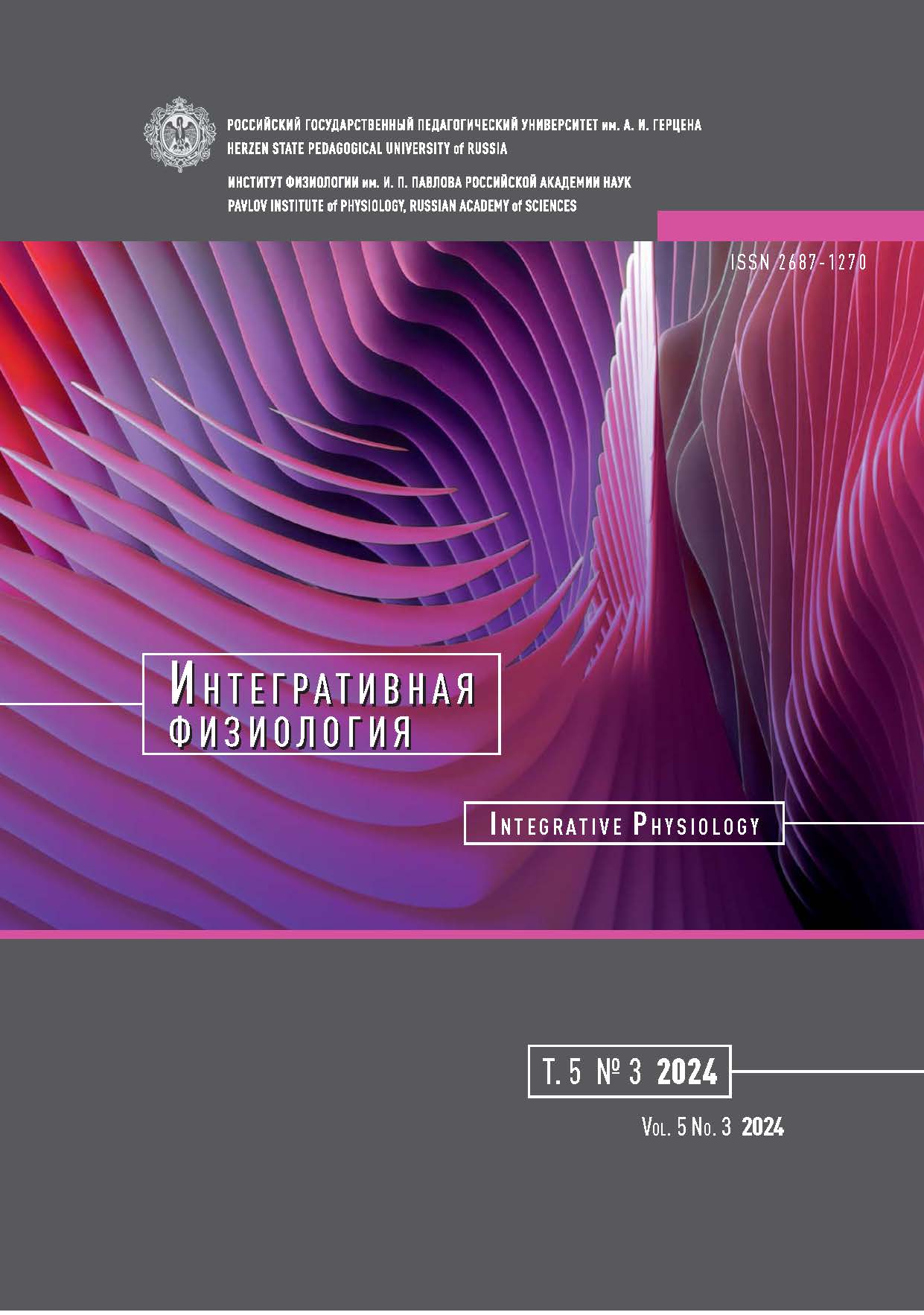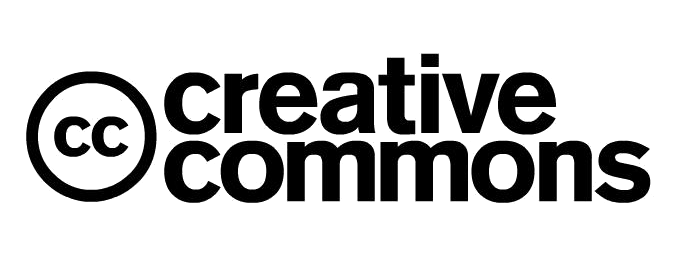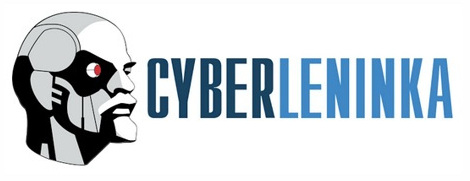Modern aspects of the organization of molecules of the main histocompatibility complex and the development of the immune response
DOI:
https://doi.org/10.33910/2687-1270-2024-5-3-261-282Keywords:
antigens, antigen-presenting cells, major histocompatibility complex, lysosomes, lymphocytes, receptors, phagosomes, classical dendritic cells, plasmacytoid dendritic cellsAbstract
This article reviews contemporary research on the biological functions of the major histocompatibility complex (MHC) in the recognition of foreign antigens and the development of the adaptive immune response. The presentation of antigens by MHC molecules triggers the initiation of adaptive immunity. Recognition of these antigens by T cell receptors activates T-lymphocyte proliferation and the subsequent cell-mediated immune response. The peptide repertoire of the presented antigens is largely determined by the structural characteristics of the binding region of each specific allelic variant of MHC molecules. Peptide editors, such as tapasin for MHC class I molecules and human leukocyte antigen DM for class II molecules, play crucial roles in selecting antigens and ensuring their high-affinity binding. After antigen processing, the peptide repertoire displayed by MHC molecules is significantly influenced by the structural properties of the antigenbinding site of each specific MHC allele. Antigen-presenting cells employ a cross-presentation mechanism to sample extracellular antigens and present them to MHC molecules. Identifying peptide loading sites during cross-presentation remains a key challenge in immunology. Additionally, the conserved, monomorphic MR1 molecule presents small organic molecules, which are recognized by invariant T cell receptors. The effective presentation of antigens also depends on subpopulations of classical dendritic cells (types 1 and 2) and plasmacytoid dendritic cells, whose functions are regulated by distinct transcription factors expressed in unique combinations.
References
Abbas, A. K., Lichtman, A. G., Pillai, Sh. (2022) Cellular and molecular immunology. Philadelphia: Elsevier Publ., 1735 p. (in English)
Admon, A. (2019) ERAP1 shapes just part of the immunopeptidome. Human Immunology, vol. 80, no. 5, pp. 296–301. https://doi.org/10.1016/j.humimm.2019.03.004 (In English)
Anderson, D. A., Murphy, K. M., Briseno, C. G. (2018) Development, diversity, and function of dendritic cells in mouse and human. Cold Spring Harbor Perspectives in Biology, vol. 10, no. 11, article a028613. https://doi.org/10.1101/cshperspect.a028613 (In English)
Awad, W., Le Nours, J., Kjer-Nielsen, L. et al. (2018) Mucosal-associated invariant T cell receptor recognition of small molecules presented by MR1. Immunology & Cell Biology, vol. 96, no. 6, pp. 588–597. https://doi.org/10.1111 / imcb.12017 (In English)
Blander, J. M. (2018) Regulation of the cell biology of antigen cross-presentation. Annual Review of Immunology, vol. 36, pp. 717–753. https://doi.org/10.1146/annurev-immunol-041015-055523 (In English)
Cresswell, P. (2019) A personal retrospective on the mechanisms of antigen processing. Immunogenetics, vol. 71, no. 3, pp. 141–160. https://doi.org/10.1007/s00251-018-01098-2 (In English)
Cruz, F. M., Colbert, J. D., Merino, E. et al. (2017) The biology and underlying mechanisms of cross-presentation of exogenous antigens on MHC-I molecules. Annual Review of Immunology, vol. 35, pp. 149–176. https://doi.org/10.1146/annurev-immunol-041015-055254 (In English)
Dersh, D., Holly, J., Yewdell, J. W. (2021) A few good peptides: MHC class I-based cancer immunosurveillance and immunoevasion. Nature Reviews Immunology, vol. 21, no. 2, pp. 116–128. https://doi.org/10.1038/s41577-020-0390-6 (In English)
Durgan, J., Lystad, A. H., Sloan, K. et al. (2021) Non-canonical autophagy drives alternative ATG8 conjugation to phosphatidylserine. Molecular Cell, vol. 81, no. 9, pp. 2031–2040.e8. https://doi.org/10.1016/j.molcel.2021.03.020 (In English)
Eggensperger, S., Tampe, R. (2015) The transporter associated with antigen processing: A key player in adaptive immunity. Biological Chemistry, vol. 396, no. 9–10, pp. 1059–1072. https://doi.org/10.1515/hsz-2014-0320 (In English)
Eisenbarth, S. C. (2019) Dendritic cell subsets in T cell programming: Location dictates function. Nature Reviews Immunology, vol. 19, no. 2, pp. 89–103. https://doi.org/10.1038/s41577-018-0088-1 (In English)
Gluschko, A., Herb, M., Wiegmann, K. et al. (2018) The β2 Integrin Mac-1 induces protective LC3-associated phagocytosis of Listeria monocytogenes. Cell Host & Microbe, vol. 23, no. 3, pp. 324–337.e5. https://doi.org/10.1016/j.chom.2018.01.018 (In English)
Harle, G., Kowalski, C., Dubrot, J. et al. (2021) Macroautophagy in lymphatic endothelial cells inhibits T cellmediated autoimmunity. Journal of Experimental Medicine, vol. 218, no. 6, article e20201776. https://doi.org/10.1084/jem.20201776 (In English)
Herb, M., Gluschko, A., Schramm, M. (2020) LC3-associated phagocytosis—the highway to hell for phagocytosed microbes. Seminars in Cell and Developmental Biology, vol. 101, pp. 68–76. https://doi.org/10.1016/j.semcdb.2019.04.016 (In English)
Ibragimov, B. R., Skibo, Yu. V., Abramova, Z. I. (2023) Autofagiya i LC3-assotsiirovanniy fagotsitoz: skhodstva i razlichiya [Autophagy and LC3-associated phagocytosis: Similarities and differences]. Meditsinskaya Immunologiya — Medical Immunology, vol. 25, no. 2, pp. 233–252. https://doi.org/10.15789/1563-0625-AAL-2569 (In Russian)
Johansen, T., Lamark, T. (2020) Selective autophagy: ATG8 family proteins, LIR motifs and cargo receptors. Journal of Molecular Biology, vol. 432, no. 1, pp. 80–103. https://doi.org/10.1016/j.jmb.2019.07.016 (In English)
Jurewicz, M. M., Stem, L. J. (2019) Class II MHC antigen processing in immune tolerance and inflammation. Immunogenetics, vol. 71, no. 3, pp. 171–187. https://doi.org/10.1007/s00251-018-1095-x (In English)
Kasahara, M., Flajnik, M. F. (2019) Origin and evolution of the specialized forms of proteasomes involved in antigen presentation. Immunogenetics, vol. 71, no. 3, pp. 171–187. https://doi.org/10.1007/s00251-019-01105-02 (In English)
Keller, C. W., Kotur, M. B., Mundt, S. et al. (2021) CYBB/NOX2 in conventional DCs controls T cell encephalitogenicity during neuroinflammation. Autophagy, vol. 17, no. 5, pp. 1244–1258. https://doi.org/10.1080/15548627.2020.1756678 (In English)
Kelly, A., Trowsdale, J. (2019) Genetics of antigen processing and presentation. Immunogenetics, vol. 71, no. 3, pp. 161–170. https://doi.org/10.1007/s00251-018-1082-2 (In English)
Lamprinaki, D., Beasy, G., Zhekova, A. et al. (2022) LC3-associated phagocytosis is required for dendritic cell inflammatory cytokine response to gut commensal yeast Saccharomyces cerevisiae. Immunology, vol. 8, article 1397. https://doi.org/10.3389/fimmu.2017.01397 (In English)
Ligeon, L. A., Pena-Francesch, M., Vanoaica, L. D. et al. (2021) Oxidation inhibits autophagy protein deconjugation from phagosomes to sustain MHC class II restricted antigen presentation. Nature Communications, vol. 12, no. 1, article 1508. https://doi.org/10.1038/s41467-021-21829-6 (In English)
Masud, S., Prajsnar, T. K., Torraca, V. et al. (2019) Macrophages target Salmonella by Lc3-associated phagocytosis in a systemic infection model. Autophagy, vol. 15, no. 5, pp. 796–812. https://doi.org/10.1080/15548627.2019.1569297 (In English)
Matsuzawa-Ishimoto, Y., Hwang, S., Cadwell, K. (2018) Autophagy and inflammation. Annual Review of Immunology, vol. 36, pp. 73–101. https://doi.org/10.1146/annurev-immunol-042617-053253 (In English)
Munz, C. (2022) Canonical and non-canonical functions of the autophagy machinery in MHC restricted antigen presentation. Frontiers in Immunology, vol. 13, article 868888. https://doi.org/10.3389/fimmu.2022.868888 (In English)
Murata, S., Takahama, Y., Kasahara, M., Tanaka, K. (2018) The immuno-proteasome and thymoproteasome: Functions, evolution and human disease. Nature Immunology, vol.19, no. 9, pp. 923–931. https://doi.org/10.1038/s41590-018-0186-z (In English)
Natarajan, K., Jiang, J., Margulies, D. H. (2019) Structural aspects of chaperone-mediated peptide loading in the MHC-I antigen presentation pathway. Critical Reviews in Biochemistry and Molecular Biology, vol. 54, no. 2, pp. 164–173. https://doi.org/10.1080/10409238.2019.1610352 (In English)
Ogg, G., Cerundolo, V., McMichael, A. J. (2019) Capturing the antigen landscape: HLA-E, CD1 and MR1. Current Opinion in Immunology, vol. 59, pp. 121–129. https://doi.org/10.1016/j.coi.2019.07.006 (In English)
Perrin, P., Jongsma, M. L., Neefjes, J., Berlin, I. (2019) The labyrinth unfolds: architectural rearrangements of the endolysosomal system in antigen-presenting cells. Current Opinion in Immunology, vol. 58, pp. 1–8. https://doi.org/10.1016/j.coi.2018.12.004 (In English)
Petersdorf, E. W., O’hUigin, C. (2019) The MHC in the era of next-generation sequencing: implications for bridging structure with function. Human Immunology, vol. 80, no. 1, pp. 67–78. https://doi.org/10.1016/j.humimm.2018.10.002 (In English)
Petrova, N. V., Emelyanova, A. G., Kovalchuk, A. L., Tarasov, S. A. (2022) Rol’ molekul MHC I i II v antibakterial’nom immunitete i lechenii bakterial’nykh infektsiy [Role of MHC class I and class II molecules in antibacterial immunity and treatment of bacterial diseases]. Antibiotiki i khimioterapiya — Antibiotics and Chemotherapy, vol. 67, no. 7–8, pp. 70–79. https://doi.org/10.37489/0235-2990-2022-67-7-8-71-81 (In Russian)
Rossjohn, J., Gras, S., Miles, J. J. et al. (2015) T cell antigen receptor recognition of antigen-presenting molecules. Annual Review of Immunology, vol. 33, pp. 169–200. https://doi.org/10.1146/annurev-immunol-032414-112334 (In English)
Stern, L. J., Santambrogio, L. (2016) The melting pot of the MHC II peptidome. Current Opinion in Immunology, vol. 40, pp. 70–77. https://doi.org/10.1016/j.coi.2016.03.004 (In English)
Thomas, C., Tampe, R. (2019) MHC I chaperone complexes shaping immunity. Current Opinion in Immunology, vol. 58, pp. 9–15. https://doi.org/10.1016/j.coi.2019.01.001 (In English)
Unanue, E. R., Turk, V., Neefjes, J. (2016) Variations in MHC class II antigen processing and presentation in health and disease. Annual Review of Immunology, vol. 34, pp. 265–297. https://doi.org/10.1146/annurevimmunol-041015-055420 (In English)
Vorobyeva, N. V. (2023) Neytrofily — atipichnye antigenprezentiruyuschie kletki [Neutrophils are atypical antigenpresenting cells]. Vestnik Moskovskogo universiteta. Seriya 16. Biologiya, vol. 78, no. 3, pp. 55–63. https://doi.org/10.55959/MSU0137-0952-16-78-2-8 (In Russian)
Wieczorek, M., Abualrous, E. T., Sticht, J. et al. (2017) Major histocompatibility complex (MHC) class I and MHC class II proteins: Conformational plasticity in antigen presentation. Frontiers in Immunology, vol. 8, article 292. https://doi.org/10.3389/fimmu.2017.00292 (In English)
Zenkov, N. K., Chegushkov, A. V., Kozhin, P. M. et al. (2019) Autofagiya kak mekhanizm zashchity pri okislitel’nom stresse [Autophagy as a protective mechanism in oxidative stress]. Byulleten sibirskoj meditsiny — Bulletin of Siberian Medicine, vol. 18, no. 2, pp. 195–214. https://doi.org/0.20538/1682-0363-2019-2-195–214 (In Russian)
Zigangirova, N. A., Nesterenko, L. N., Tiganova, I. G., Kost, E. A. (2012) Regulyatornaya rol’ sistemy sekretsii III tipa gramotritsatel’nykh bakterij v razvitii khronicheskogo vospalitel’nogo protsessa [The role of type-three secretion system of the gram-negative bacteria in regulation of chronic infection]. Molekulyarnaya genetika, mikrobiologiya i virusologiya — Molecular genetics, Microbiology and Virology, no. 3, pp. 3–13. (In Russian)
Downloads
Published
Issue
Section
License
Copyright (c) 2025 Alexander V. Moskalev, Vasiliy Ya. Apchel, Ekaterina A. Nikitina

This work is licensed under a Creative Commons Attribution-NonCommercial 4.0 International License.
The work is provided under the terms of the Public Offer and of Creative Commons public license Creative Commons Attribution 4.0 International (CC BY 4.0).
This license permits an unlimited number of users to copy and redistribute the material in any medium or format, and to remix, transform, and build upon the material for any purpose, including commercial use.
This license retains copyright for the authors but allows others to freely distribute, use, and adapt the work, on the mandatory condition that appropriate credit is given. Users must provide a correct link to the original publication in our journal, cite the authors' names, and indicate if any changes were made.
Copyright remains with the authors. The CC BY 4.0 license does not transfer rights to third parties but rather grants users prior permission for use, provided the attribution condition is met. Any use of the work will be governed by the terms of this license.







